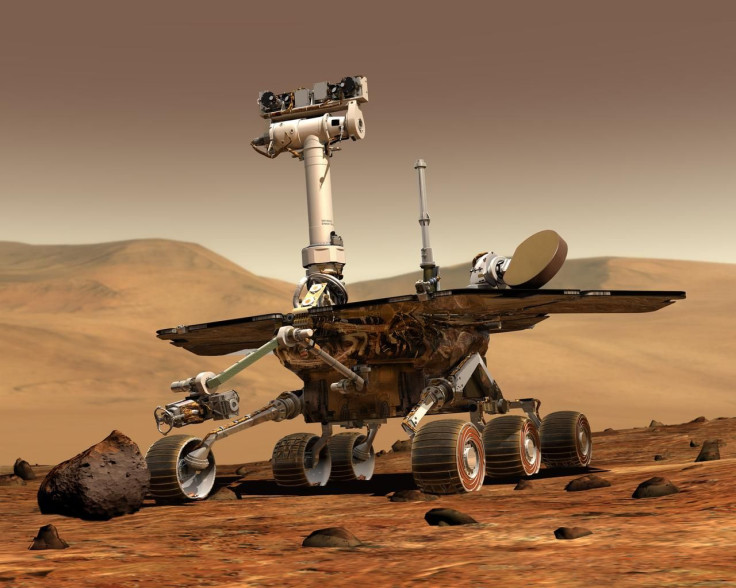NASA Installs Lazer-Zapping Super Camera On New Mars Rover For 2020 Mission

NASA has upgraded its Mars 2020 rover by equipping it with a camera that uses a laser and spectrometers. The main objective of the camera is to help the rover detect traces of alien life on the Red Planet.
Developed through a partnership between agencies from France, Spain and the U.S., the Mars 2020 rover’s new equipment is called the SuperCam Mast Unit. It was designed as an upgraded version of the ChemCam instrument used by the Curiosity Mars Rover.
The SuperCam works by scanning rocks and soil using its onboard laser. It then analyzes the data by checking the chemical composition of the samples. According to NASA, this instrument is capable of successfully targeting and analyzing samples as small as a pencil point from distance of over 20 feet.
“SuperCam’s rock-zapping laser allows scientists to analyze the chemical composition of its targets,” Soren Madsen, NASA’s payload development manager at the Jet Propulsion Laboratory said in a statement.
“It lets the Mars 2020 rover conduct its cutting-edge science from a distance,” she added.
By conducting in-depth analysis on its targets, SuperCam aims to identify the chemical changes caused by water on Mars. It will also look at soil samples to find those that may have preserved traces microbial life on the Red Planet.
Aside from these, SuperCam is also capable of detecting certain elements in dust particles that could be harmful to humans. This feature will serve as a vital aspect in future missions since NASA intends to carry out human exploration projects on Mars someday.
To maximize the instrument’s capabilities, NASA mounted the SuperCam on what can only be described as the head of the rover, which is attached to its long vertical mast.
The Mars 2020 mission is scheduled to launch sometime in July 2020 and will take off from the Cape Canaveral Air Force Station in Florida. The mission is expected to land on Mars’ Jezero Crater in February 2021.
The upcoming Mars mission, along with the return expedition to the Moon, will serve as the groundwork for NASA’s plan of sending humans to the Red Planet.
© Copyright IBTimes 2024. All rights reserved.





















